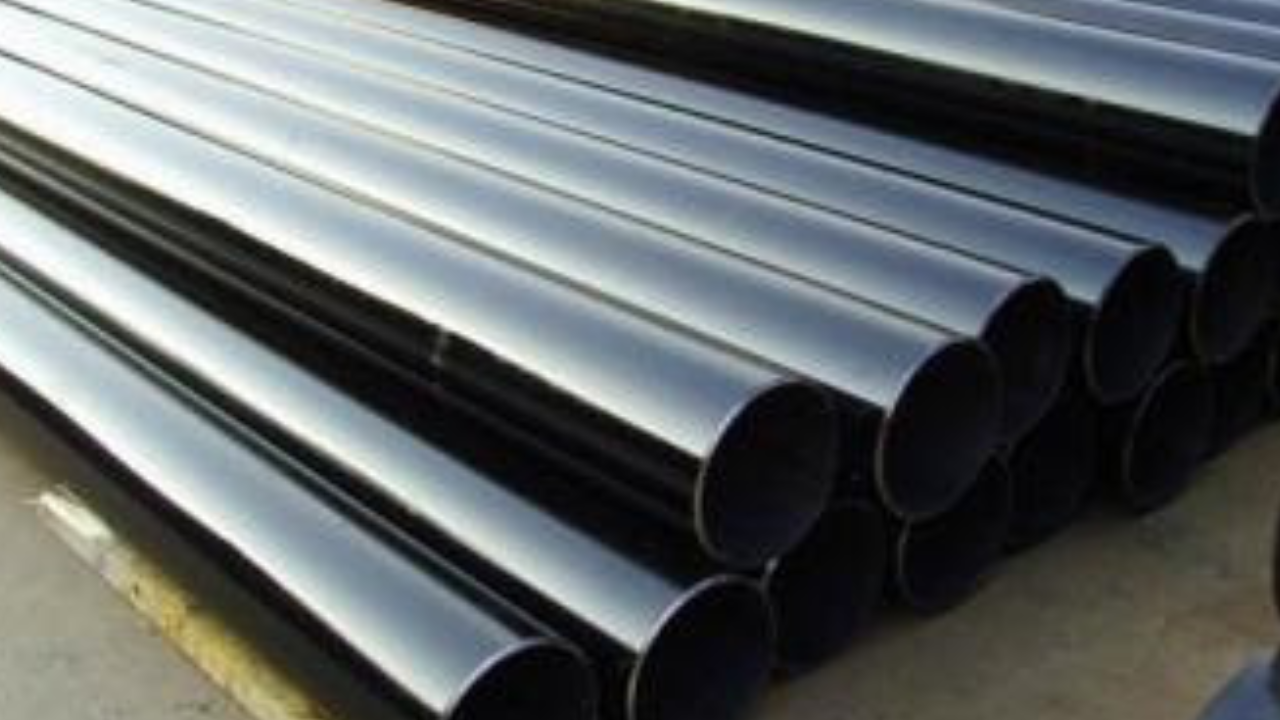ASTM A500 Grade C pipes are prestigious for their durability, making them the best choice for unique underlying programs. The hardness of these pipes gives them protection from wear and space, adding to their extensive life expectancy in harsh conditions. The versatility and reliability of ASTM A500 Grade C pipes have led to their giant use in production, infrastructure, and industrial tasks.
They’re normally employed in constructing frames, bridges, towers, and different load-bearing structures due to their wonderful mechanical properties and ease of fabrication. Moreover, those pipes offer value-effective answers for structural applications, balancing power, sturdiness, and affordability. The great availability and compliance of a500 grade c with rigorous requirements similarly enhance their reputation among engineers and builders, solidifying their function as a fundamental material in modern creation and engineering.
ASTM A500 Grade C’s Mechanical Properties
Right here are some key mechanical properties that are typically precise for ASTM A500 Grade C pipes:
Yield Strength
Yield strength signifies the stress at which the material undergoes a certain quantity of everlasting deformation, normally 0.2% of the authentic gauge duration. This is pivotal in assessing the pipes’ ability to bear hundreds of loads and maintain structural integrity without experiencing plastic deformation or failure. It serves as an essential parameter for engineering design, ensuring the safety and reliability of structural systems.
Tensile Strength
Tensile strength denotes the maximum pressure a cloth can endure before experiencing failure under tension. This feature displays the pipes’ capability to resist stretching or pulling forces and is essential for evaluating their structural overall performance in packages subject to axial hundreds. A better tensile strength implies enhanced resistance to deformation and an expanded warranty of structural stability and integrity under various loading situations.
Elongation
The minimal designated elongation for ASTM A500 Grade C pipes is 21%. Elongation measures the ductility of a material, representing the increase in the period it can go through before fracturing at some stage in tensile testing. A higher elongation suggests extra deformability and stretchability, making the fabric more proof against brittle failure. In structural programs, good enough elongation ensures that the pipes can accommodate deformation without surprising rupture, contributing to their reliability and overall performance under diverse loading conditions.
Hardness
The hardness of ASTM A500 Grade C pipes is commonly measured using methods. At the same time, unique hardness necessities can also vary depending on production methods and requirements, ASTM A500 Grade C pipes usually showcase a hardness appropriate for structural applications. Hardness trying it out offers treasured insights into the cloth’s resistance to indentation or scratching, which could affect its durability and suitability for precise engineering programs.
Impact Resistance
While impact resistance isn’t always a commonly specified mechanical asset for ASTM A500 Grade C pipes, they generally possess the toughness to face up to slight impacts without fracturing. The capacity to withstand impact harm depends on factors including material composition, microstructure, and manufacturing technique. ASTM A500 Grade C pipes are designed to maintain their structural integrity under normal carrier situations, however, extra measures may be essential to enhance impact resistance in precise applications subjected to high-impact hundreds.
Fatigue Strength
ASTM A500 Grade C pipes are designed to resist cyclic loading and fatigue stresses encountered in structural programs. The fatigue strength of the pipes relies on elements including fabric residences, high-quality welds, and geometric features. Even though unique fatigue strength values may not be unique inside the ASTM standard, proper design, material selection, and preservation practices are critical for ensuring the long-term sturdiness and fatigue resistance of ASTM A500 Grade C pipes in dynamic loading environments.
Conclusion
ASTM A500 Grade C pipes are appropriate for underlying applications in ambient temperature conditions. The mechanical properties of ASTM A500 Grade C pipes, yield strength, tensile strength, elongation, hardness, impact resistance, and fatigue energy contribute to their sizable use in creation and business applications. These properties make sure the pipes can perform reliably under diverse conditions, presenting safety and sturdiness to the structures they help.

